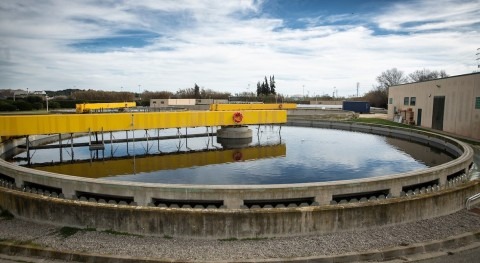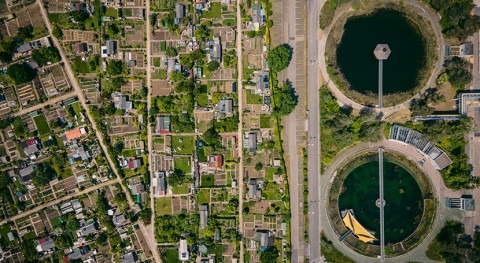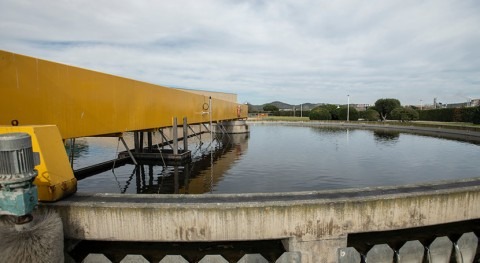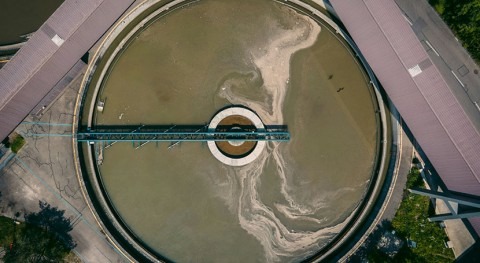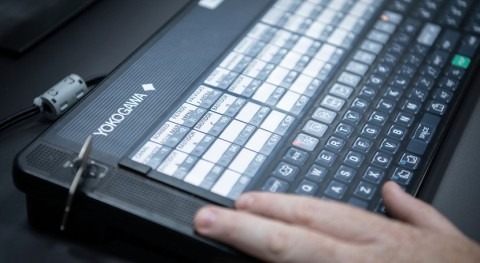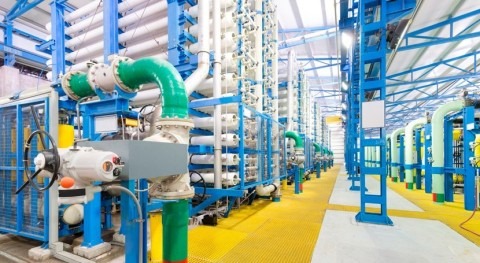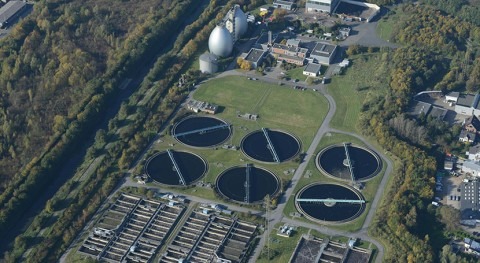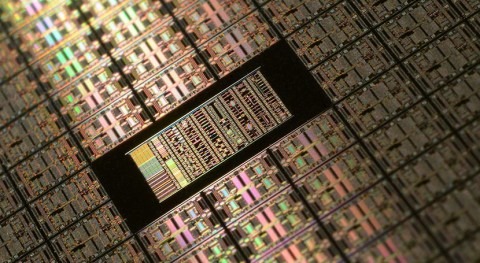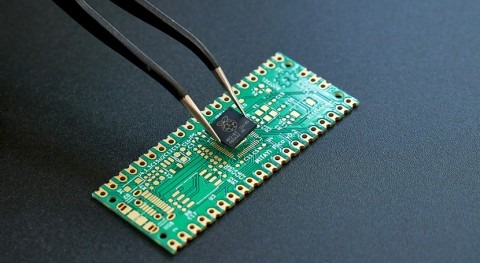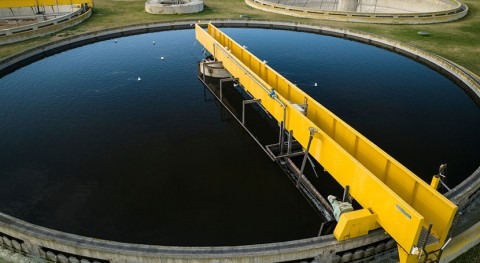Recovering energy and resources from sewage is a promising trend for the wastewater industry; the circular economy is advancing and sewage is no longer viewed as mere waste. In a CNN article, microbiologist and science journalist Bryn Nelson gives a few snippets of his upcoming book, “Flush: The Remarkable Science of an Unlikely Treasure”, exploring the endless possibilities faeces offer as a resource.
One field that has advanced innovation in waste management towards a circular economy is space exploration. The ability to convert waste into useful materials – like propellant or raw materials for 3D printing – is considered critical for future space missions which are expected to last two or three years. Unlike current crews abord the International Space Station, astronauts on long trips will not be able to benefit from on-demand missions to deliver supplies or take away trash.
An option to produce fuel for a return trip from Mars would involve repurposing waste from the crew to produce fuel. Another potential use for urine and faeces would be to use water extracted from them, as well as sterilized waste, to fill compartments lining a space capsule, in order to provide a shield from radiation. Oxygen and hydrogen atoms in water are tightly packed and the density of nuclei is higher than in metals, thus blocking better harmful cosmic radiation.
Back on Earth, wastewater treatment plants have a significant role to play in the circular economy, as they move towards becoming resource recovery facilities. Many plants are using anaerobic digestion to generate biomethane gas from sewage, to be used as fuel. Zeynep Cetecioglu Gurol, professor at the KTH Royal Institute of Technology in Stockholm, Sweden, and other researchers are looking into creating bioplastics from organic compounds created during biogas production. Other means of producing bioplastics include bacteria that feed on organic material and produce polyhydroxybutyrate, or PHB, a type of bioplastic.
Treated sewage sludge, a by-product of wastewater treatment, contains valuable organic matter and nutrients, and is useful as a fertilizer. But a portion of the treated sludge is still burned or landfilled. Researchers from the Royal Melbourne Institute of Technology in Australia are using these biosolids to produce bricks. This innovation addresses two environmental issues: it reduces the amount of biosolid waste that needs to be disposed of, and reduces the amount of clay soil that is extracted for the brick-making industry. Bricks made with 15% biosolids were found to meet engineering requirements, opening the door to recycling millions of tons of waste. Another team at the Melbourne institute is looking into the use of biosolids in raw, pyrolyzed (biochar), and ashed (bioash) forms as cement replacement materials.
If these ideas seem far-fetched, take a look at this: in the Italian region of Lombardy, agricultural entrepreneur Gianantonio Locatelli and associates had the idea of transforming the 150 tonnes of manure produced daily by a dairy farm into a futuristic ecological, productive and cultural project, The Shit Museum (Museo della Merda). The manure is used to produce electrical energy and fertiliser for the farm. The museum is involved in educational and research activities, including the production of objects of everyday use from manure, including the invention of and patenting of Merdacotta®, a ceramic material made form manure, clay, straw and farm waste. They sell flowerpots, tiles and even tableware made of it, and the Merdacotta® toilet, “a receptacle for shit made of shit” – a replica of a classic 1920s toilet that expresses the cyclical value of the production in the museum.
Repurposing faeces as part of consumer products such as bioplastics may face the yuck factor as a stumbling block, but let’s not forget that even though the yuck factor was frequently thought as a barrier to wastewater reuse, recent studies found that perceptions are changing and the public supports the use of recycled water for drinking, and consuming food grown using recovered nutrients from wastewater; the door is open to the opportunities that the circular economy offers.





